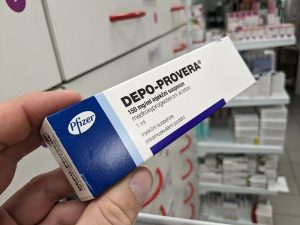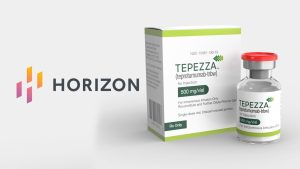Interesting car accident case reported in South Carolina Lawyers Weekly. Plaintiff was a passenger in a car driven by his grandmother, and a hit-and-run driver T-boned them at an intersection. It was a small accident case: medical bills totaling $3,230 and lost wages totaling $4,352.
State Farm, standing by its insured as always because, you know, you are in good hands, offered $6,500. Typical. At trial, State Farm’s lawyer argued during opening statements that the jury could determine whether what the Plaintiff had already been paid was sufficient. Plaintiff’s accident lawyer objected, and the trial judge sustained the objection and later instructed the jury to disregard the setoff argument in its deliberations because any setoff would be handled by the judge.
—–










